Search Perspectives
Filter By:
Displaying 1 - 15 of 17 results
-
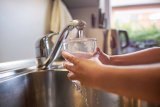
Lead in Private Well Water and its Impacts on Children's Health
There is no safe level of lead. Lead can be present in drinking water without any noticeable changes in color or odor. It is the responsibility of private well owners to test their water for lead and to take appropriate measures to mitigate exposure.
- Date:
- By: Sara Eaves
-
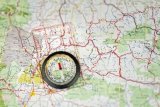
Supporting the Cancer Moonshot Effort at EPA
I learned that one of the best ways to fight cancer is to prevent it from occurring in the first place. EPA supports the Cancer Moonshot effort by understanding and preventing toxic and environmental exposures and preventing more cancers before they start.
- Date:
- By: Danelle Lobdell
-
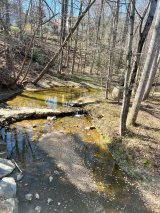
Acting Upstream for Creek and Community
A common threat to streams is runoff from heavy rains that cause floods, wearing away at riverbanks. Across the country, the Green Infrastructure program works with communities to address the effects of stormwater runoff through a variety of programs.
- Date:
- By: Jake Krauss
-
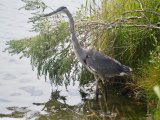
Gaining Perspective on Estuaries
Take a deep dive into the importance of shallow estuaries and the work of the National Estuary Program.
- Date:
- By: Jake Krauss
-

Investing in America to Build a Brighter, Healthier Future
With unprecedented investments, we are moving further and faster than ever before to build a healthier and brighter future for our people and our planet.
- Date:
- By: Michael Regan
-

5 Ways EPA is Protecting People and the Planet
These past few months, EPA has moved further and faster than ever before to build a healthier and brighter future for all.
- Date:
- By: Michael Regan
-
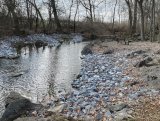
Bringing a Local Stream Back to Life
When we start with clean water, we instantly reduce the amount of nutrients reaching larger bodies of water. Paddy Run may be small, but the smallest streams often have the biggest impact.
- Date:
- By: Christine Gonnelli
-

Revitalizing Water Infrastructure: Rolling toward safer water for communities
EPA’s WIFIA financing provides billions of dollars in credit assistance and creating local jobs while saving ratepayers and communities money. If you are interested in a WIFIA loan, you can submit a letter of interest to EPA at any time.
- Date:
- By: Jorianne Jernberg
-
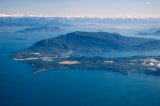
Reducing Water Pollution from Power Plants
This action protects our nation’s vital water resources that support safe drinking water, agriculture, and healthy communities while providing greater certainty for industry.
- Date:
- By: Radhika Fox
-

Learning about water use in one of the driest states in America
Getting people to change their water use habits is more complicated than just putting up posters. There is clearly a major gap in water knowledge and action - raising awareness of water use concerns is the first step for a sustainable future.
- Date:
- By: Cameron Hodges
-
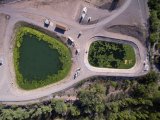
Researching Improvements for Wastewater Lagoons in Small, Rural and Tribal Communities
Lagoons are mostly found in small, rural, and Tribal communities that face disproportionate environmental justice concerns. These are some of our most vulnerable communities and often low income or communities of color are disproportionally impacted.
- Date:
- By: Radhika Fox
-
Celebrating 50 Years of Protecting the Ocean
During their travels, marine animals may face plastic pollution, impacts of climate change, and other threats. Their future survival can hinge on environmental laws that protect the ocean.
- Date:
- By: Hilary Clark
-

Forever Connected: Rivers as a Driving Force for Partnerships
The Mississippi River flows through 10 states and four EPA Regions. Regions 4, 5, 6, and 7 are committed to begin working with the Mississippi River cities to reduce plastic pollution in the main artery in the heart of our country.
- Date:
- By: Gayle Hubert
-

Protecting and Preserving our Oceans During National Oceans Month (and all year long)
Oceans are much more than just a temporary escape from the daily grind or a nice background for vacation photos. We need your help to protect this important resource.
- Date:
- By: John Goodin
-

EPA scientists work with Tribal Nations to protect communities from radon and promote healthier air quality
Learn how EPA scientists are doing research that benefits vulnerable communities.
- Date:
- By: Hilary Clark

